May 28, 2016
Insight weekly for the week of 27 May 2016 is now available to read online 0
 In this week’s Newsletter; Adrian Lewis on how we all need the “right to disconnect” from the workplace; Mark Eltringham says reminds us that Millennials are not the only people at work; and argues that the death of the office is a myth. The opening of the world’s first 3D printed office building in Dubai; there’s a gap in expectations between employers and employees on flexible working; despite the ability to work anytime, anywhere being key to job satisfaction. Employers advised to do more to leverage high rates of internet access; many European workers still believe that fax machines are essential business tools, and a significant proportion of businesses are still not giving staff the IT support they need to work remotely and flexibly. You can download our Insight Briefing, produced in partnership with Connection, on the boundless office; visit our new events page, follow us on Twitter and join our LinkedIn Group to discuss these and other stories.
In this week’s Newsletter; Adrian Lewis on how we all need the “right to disconnect” from the workplace; Mark Eltringham says reminds us that Millennials are not the only people at work; and argues that the death of the office is a myth. The opening of the world’s first 3D printed office building in Dubai; there’s a gap in expectations between employers and employees on flexible working; despite the ability to work anytime, anywhere being key to job satisfaction. Employers advised to do more to leverage high rates of internet access; many European workers still believe that fax machines are essential business tools, and a significant proportion of businesses are still not giving staff the IT support they need to work remotely and flexibly. You can download our Insight Briefing, produced in partnership with Connection, on the boundless office; visit our new events page, follow us on Twitter and join our LinkedIn Group to discuss these and other stories.













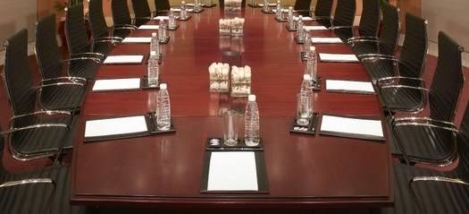








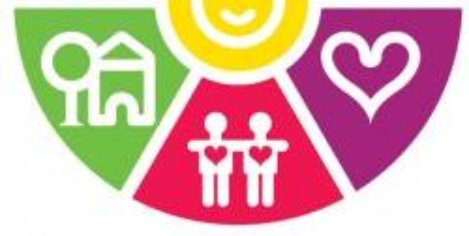

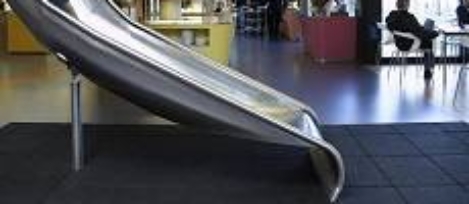
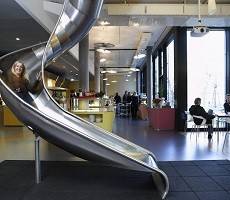




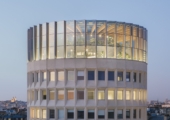




May 30, 2016
Why the greatest places to work are also safe by design 0
by Justin O'Sullivan • Comment, Facilities management, Wellbeing, Workplace design
(more…)